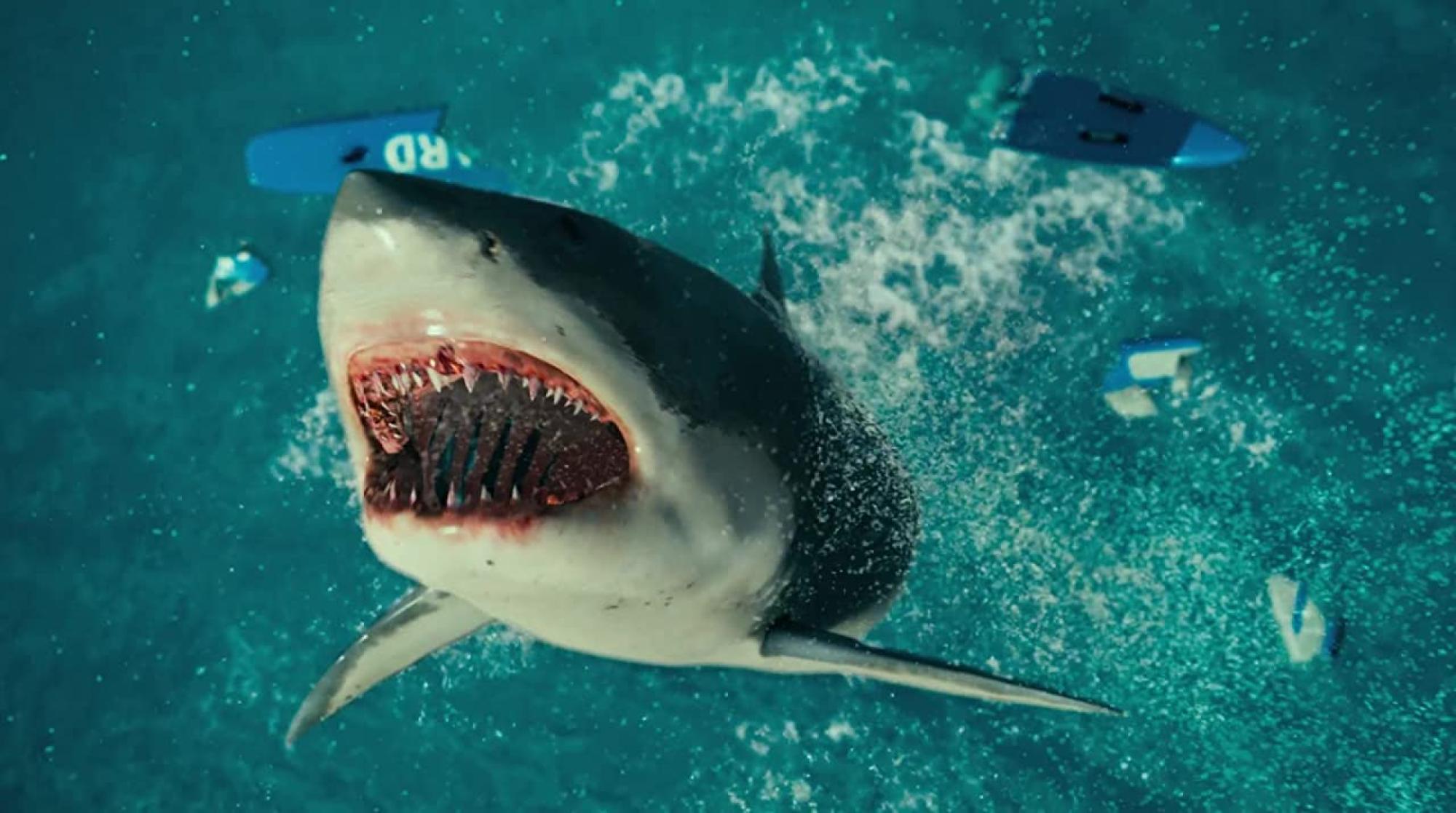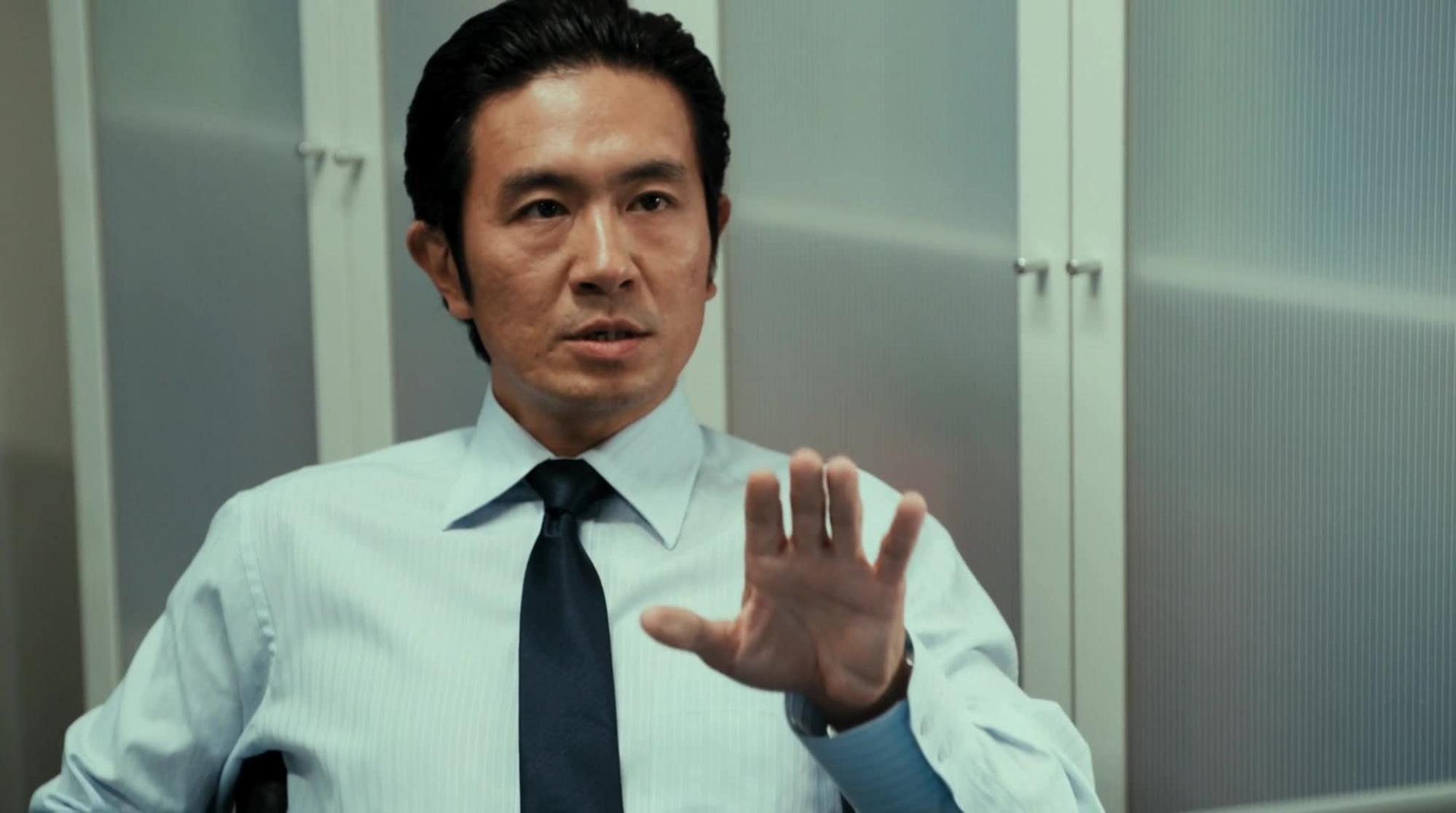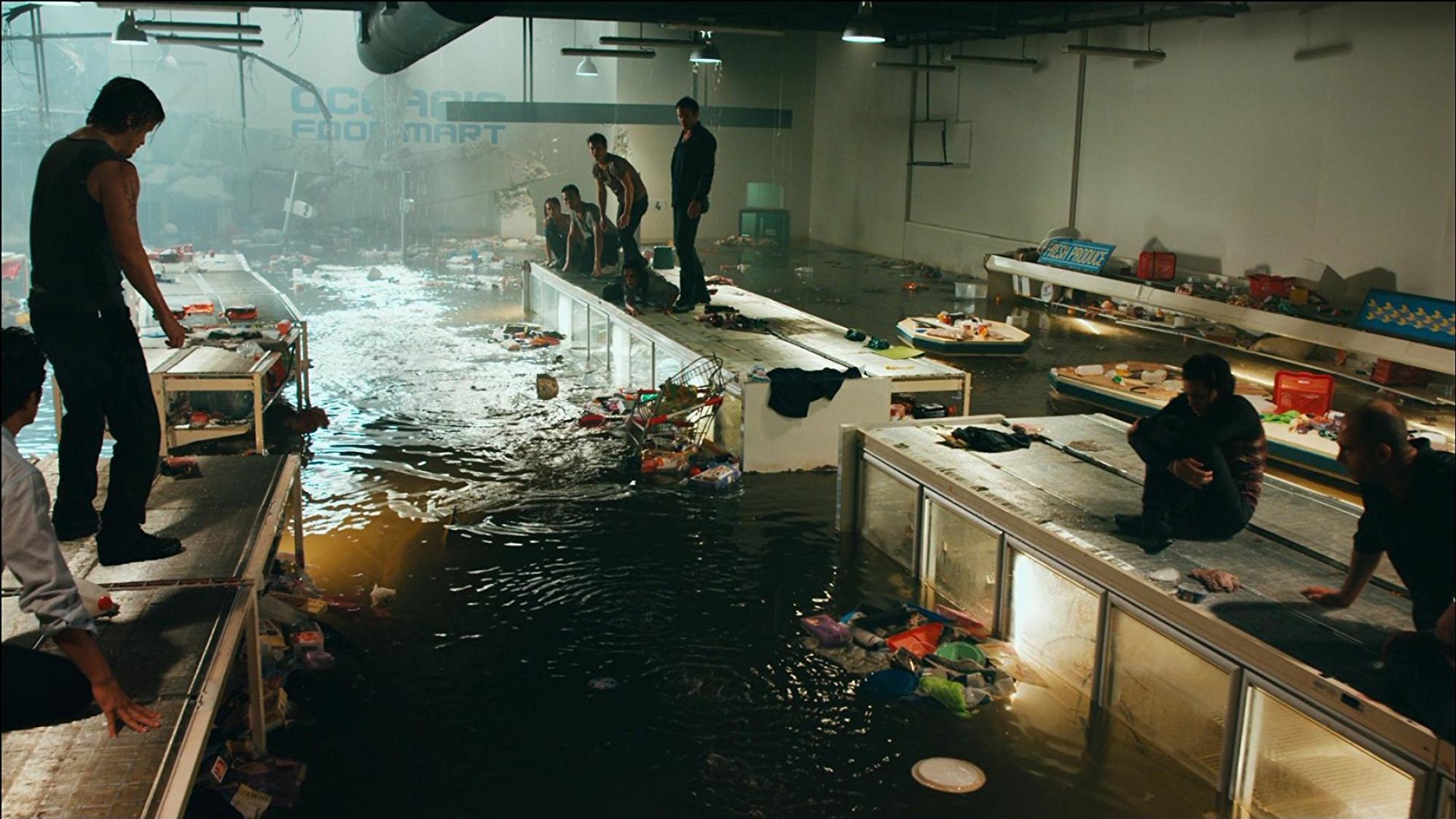
How Bait 3D, an Australia-Singapore shark movie co-production, became a monster hit at the Chinese box office
- The film, about sharks terrorising a supermarket after a tsunami, sank down under but soared in China, becoming the most successful Australian film shown there
- The combination of action, a lack of politics, the 3D filming and a weird extra scene shot in Beijing involving a Chinese rescue team made it a hit
When Bait 3D (2012), the first Australia-Singapore co-production, was released down under, it sank without a trace. Yet when this standard-issue shark-attack film was screened in China, a strange thing happened.
Opening at No 1 on 1,700 screens, it took more than US$20 million to become the most successful Australian film released there. It made nearly twice as much in China as its nearest competitors: Sanctum (2011), which was executive produced by James Cameron, and George Miller’s Happy Feet 2 (2011).
Bait 3D, directed by Kimble Rendall, best known for his second-unit work on the Matrix sequels and featuring an Australian cast headed by familiar faces Xavier Samuel (The Twilight Saga: Eclipse), Sharni Vinson (You’re Next) and Julian McMahon (TV’s Nip/Tuck), is serviceable at best, and far from an obvious international smash hit.
Set in a Gold Coast supermarket that has been flooded by a tsunami, it follows a group of stock characters menaced by great white sharks.
Because it was shot in 3D, most of the attacks happen straight to camera – pretty distracting when viewed in any other format – and, amid some tense-but-silly set pieces, there’s the requisite mix of gore, bad CGI and Jaws jokes.
How Jackie Chan vehicle Skiptrace put the clash in culture clash
“The Chinese are not looking for World War II dramas or films that are very noble,” producer Gary Hamilton told The Sydney Morning Herald. “They want entertainment with a capital E.”
To this end, when the Chinese government increased the quota of “foreign” films to around 60 per year in February 2012, it stipulated that the extra ones should be in 3D, IMAX or other larger-than-life formats. And the makers of Bait 3D were perfectly positioned to take advantage.
Hamilton’s wife, Ying Ye, is Chinese, works in the film industry, and helped attract investment – about 20 per cent of the film’s US$25 million budget came from China.

To keep the investors happy, Rendall and team headed to Beijing to shoot 15 minutes of extra footage – including a rescue team preparing to save the day, even though this made little-to-no sense for a claustrophobic, one-location thriller.
Thankfully, only three minutes made it into the international cut.
“The actors all know how to do that American, or mid-Atlantic, accent anyway so it wasn’t a big deal,” said Rendall. “But when we had finished we thought we might have gone too far, so we put some Australian accents back in.”

In other words, tailoring the film for the international market was always part of the plan. “I want to make films for a global audience and China is the fastest-growing market in the world,” said the director.
Although this kind of please-everyone filmmaking can end up as the worst kind of cine-compromise – step forward 2016 buddy-buddy cop film Skiptrace – Bait 3D surpassed all expectations, doing so well that a follow-up was commissioned immediately.
Originally headed to the Cannes Film Festival in 2014, Deep Water was billed as another 3D movie, but this time with more Chinese content, that pitted the survivors of a crashed plane against ravenous Pacific tiger sharks.
“It’s not a sequel,” said Hamilton. “There’s no tsunami, there’s no supermarket.”

Seems you can’t keep a profitable idea down.

